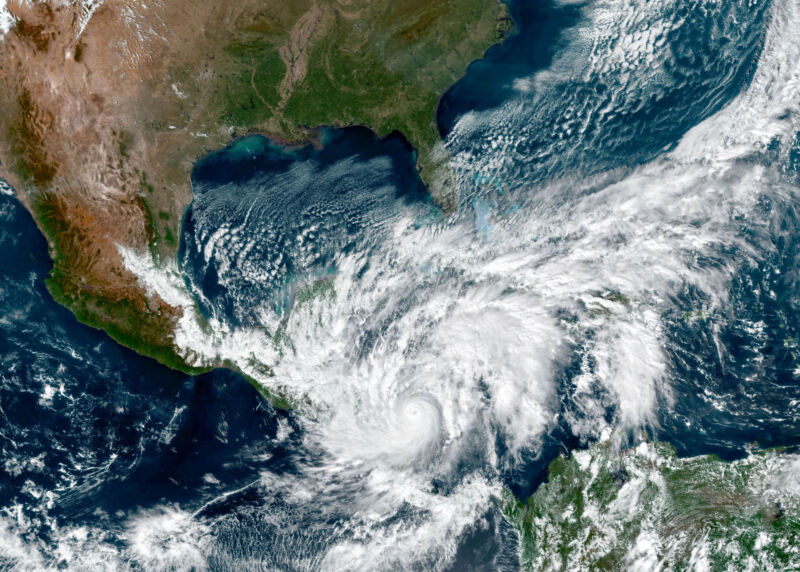Hurricanes might not be losing steam as fast as they used to

Enlarge / Hurricane Eta on November 3 of this year. (credit: NASA EO)
Lots of attention is given to the effects of climate change on tropical cyclones, much of it focusing on effects that are dead obvious. Projections indicate increased intensity among the strongest storms, for example, and increases in rainfall and storm surge are unavoidable consequences of warmer air holding more moisture and sea level rise, respectively.
But a new study by Lin Li and Pinaki Chakraborty at the Okinawa Institute of Science and Technology Graduate University focuses on a less-than-obvious question: what happens to hurricanes after landfall in a warming world? Once a storm moves over land, it loses the water vapor from warm ocean waters that fuel it, so it rapidly weakens. The total damage done depends in part on how quickly it weakens.
The researchers examined a data set of all North Atlantic landfalling hurricanes between 1967 and 2018. The primary metric they were interested in was the rate the hurricane lost strength over the first 24 hours after landfall. Strength decays" on an exponential curve, so they boiled this down to a mathematical parameter for decay time.
Read 8 remaining paragraphs | Comments